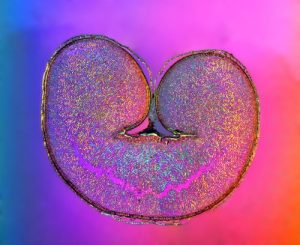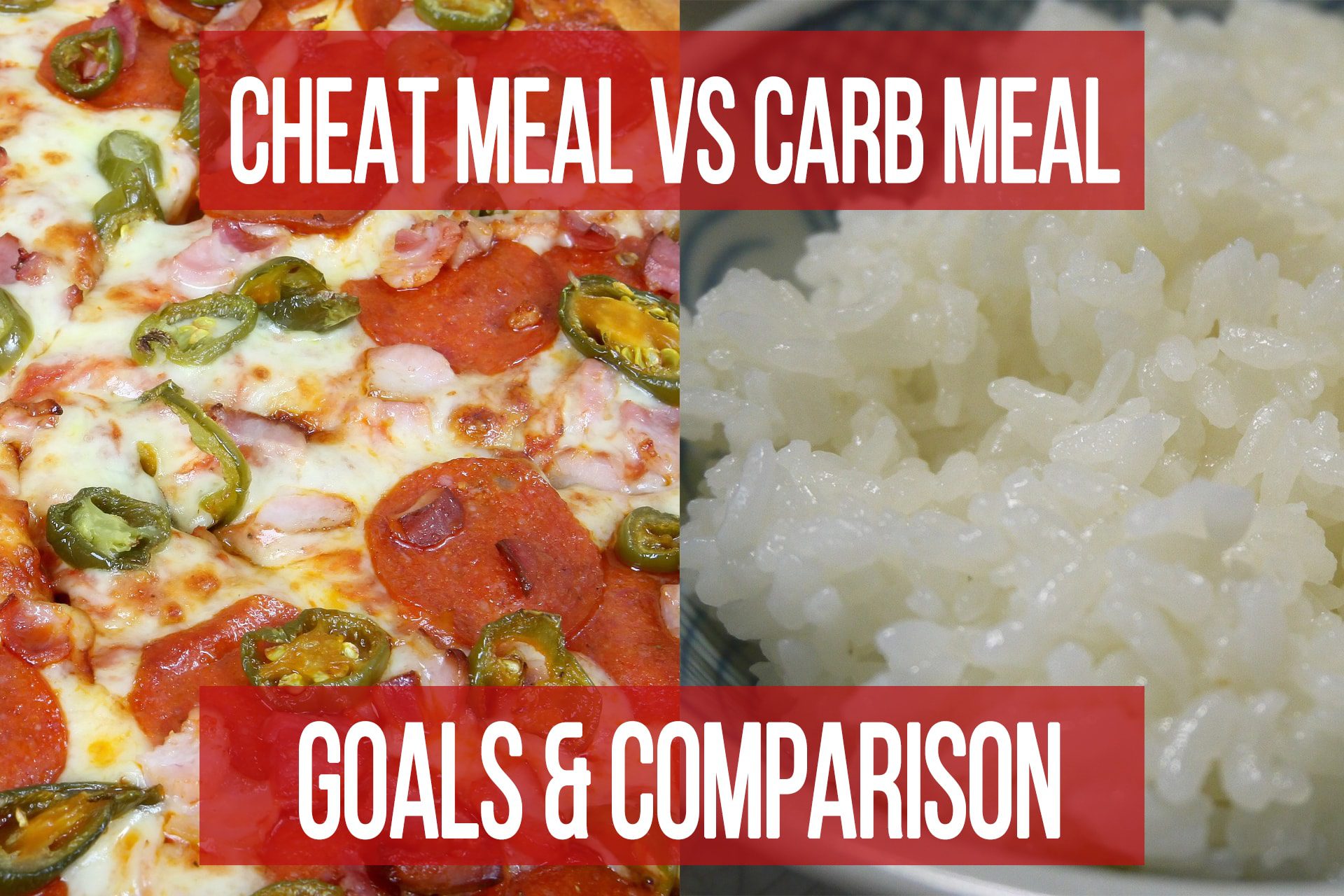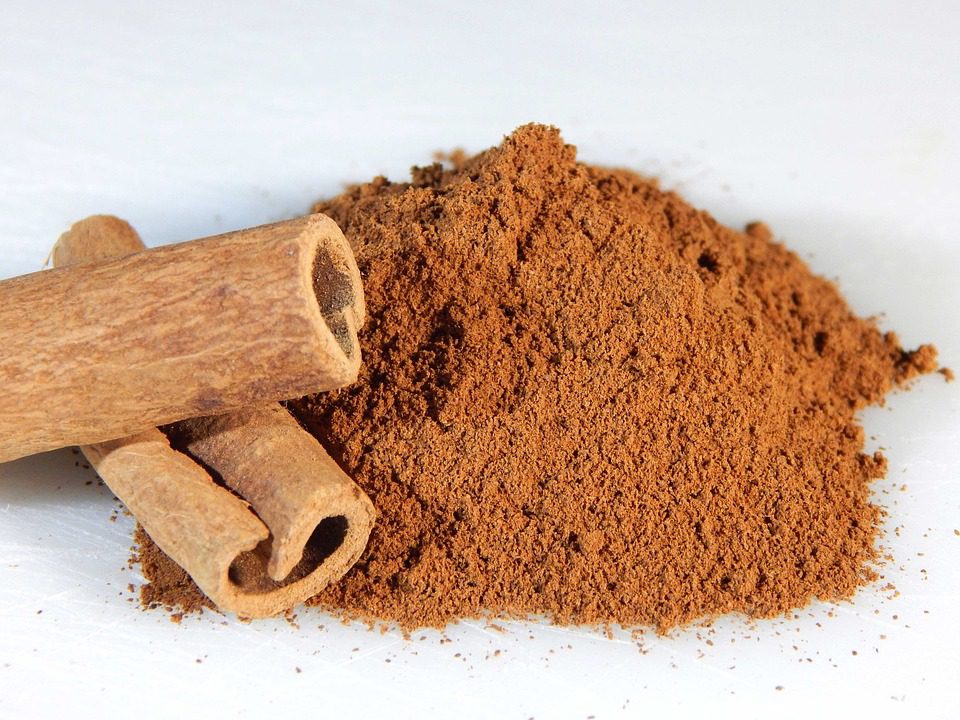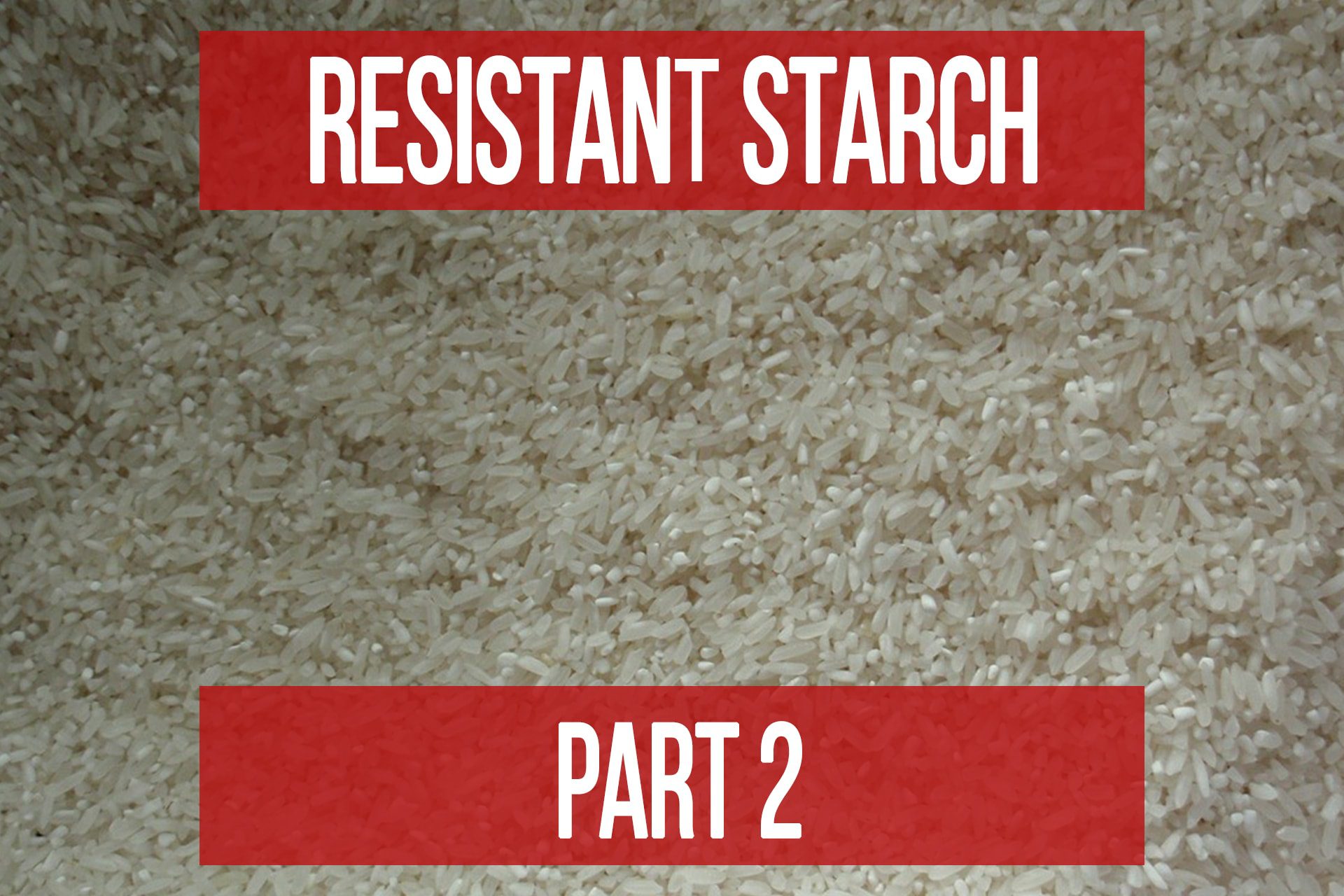Resistant Starch – Part 1
n1 training
What if I told you there was a starch that increased insulin sensitivity, preserved muscle, and helped burn body fat? Well there is, and it’s called RESISTANT STARCH!
WHAT? How can this be? It says starch right?
Well it’s a starch, by definition that is resistant to digestion. Starch is considered a carbohydrate, but its resistant to digestion by our carbohydrate digesting enzymes, this means it’s not a carbohydrate in human dietary sense. This is why some may label it as a new type of fiber, but it’s not actually fiber as we think of dietary fiber, because we do end up getting calories and nutrients from it, and it does not absorb toxins or water like indigestible dietary fiber does.
RS does function like a prebiotic though, but it does so mostly lower in the digestive tract because it is resistant to all but certain bifidobacteria in the gut that are largely present in the large intestine. These bifidobacteria then metabolize the resistant starch for their own fuel and secrete a fatty by product (short chain fatty acids). These fats, short chain fatty acids (SCHFA’s), are good fats that helps you burn fat, and be more anabolic. So when you consume Resistant starch, you actually net a slow intake of beneficial fats.
Thoroughly confused? Let’s break down how this works.
Normal starches are long chains of sugar molecules, largely glucose, that are broken down gradually once you eat them. They are so easy to digest enzymes in your saliva are already breaking off little molecules of glucose for you before you swallow. This is why things like white bread taste sweet despite being low in sugar. The more complex a starch, the longer it takes to break down. This is what gives foods the property of fast vs slow carbs. More complex carbs like those in whole oats require more work in the small intestine to completely break down the starches. Thus you get a nice slow release of glucose into the bloodstream.
Resistant starch is not broken down by digestion, and does not yield any glucose molecules for you. It’s complex structure makes it too difficult for your normal digestive enzymes to break down. So it’s essentially undigested in the small intestine.
The large intestine however is rich in beneficial Bifidobacteria. These bacteria actually consume the resistant starch as a fuel source for themselves. A byproduct of bacterial metabolism of resistant starch is short chain fatty acids (SCFAs). These come in the form of butyrate, acetate, and propionate. You then absorb these SCFAs in your large intestine or the intestinal cells can actually use these fatty acids as a fuel source.
Because short chain fatty acids are also an extremely beneficial fuel source for the cells of the intestinal wall, you get a lot of digestive benefits from consuming resistant starch. The healthier your intestinal wall, the better you will absorb nutrients like vitamins, minerals, and amino acids.
In terms of the large intestine, mineral absorption is perhaps the most beneficially affected. People who have chronically low levels of minerals and electrolytes likely have less power, lower intestine health, and poor absorption.
Additionally, many studies have linked butyrate and propionate to increased insulin sensitivity and increased fatty acid oxidation independent of the effect on the intestinal lining. A portion of the short chain fatty acids created from digestion of resistant starch are actually taken up into the bloodstream. When our cells get these SCFA’s, it has a dramatic effect on cellular metabolism and glucose transport. SCFA’s up-regulate the cAMP pathway which increases the fat burning activity of the mitochondria in your cells. This means not only more energy production, but more energy while preserving muscle protein and glycogen stores.
In addition to the fat burning signal, muscle cells also become more insulin sensitive, therefore glucose is taken up much more efficiently. So much more in fact that some research shows that consuming resistant starch 2 hours before a high carbohydrate meal can significantly blunt the blood glucose spike!
This is incredibly value if you have insulin management issues!
What makes this even better, is that because of the up-regulation of fatty acid metabolism, insulin sensitivity of fat cells is not increased. Fat cells actually receive a signal to release more fatty acids to be used as fuel.
The net result of consuming resistant starch is that you get SCFA’s into your system that increase fat burning, fatty acid release from fat cells, and have an anti-catabolic and insulin sensitizing effect on muscle tissue. And as an added bonus, increased intestinal health leads to greater nutrient absorption for better recovery and performance.
What if I told you there was a starch that increased insulin sensitivity, preserved muscle, and helped burn body fat?
Well there is, and it’s called RESISTANT STARCH!
What is Resistant Starch? (RS)
In a single sentence answer:
Resistant starch (in relation to your metabolism) is really precursor to short fatty acids, that are fat burning, and muscle building.
WHAT? How can this be? It says starch right?
Well it’s a starch, by definition that is resistant to digestion. Starch is considered a carbohydrate, but its resistant to digestion by our carbohydrate digesting enzymes, this means it’s not a carbohydrate in human dietary sense. This is why some may label it as a new type of fiber, but it’s not actually fiber as we think of dietary fiber, because we do end up getting calories and nutrients from it, and it does not absorb toxins or water like indigestible dietary fiber does.

Thoroughly confused? Let’s break down how this works.
How Resistant Starches Work
Normal starches are long chains of sugar molecules, largely glucose, that are broken down gradually once you eat them. They are so easy to digest enzymes in your saliva are already breaking off little molecules of glucose for you before you swallow. This is why things like white bread taste sweet despite being low in sugar. The more complex a starch, the longer it takes to break down. This is what gives foods the property of fast vs slow carbs. More complex carbs like those in whole oats require more work in the small intestine to completely break down the starches. Thus you get a nice slow release of glucose into the bloodstream.
Resistant starch is not broken down by digestion, and does not yield any glucose molecules for you. It’s complex structure makes it too difficult for your normal digestive enzymes to break down. So it’s essentially undigested in the small intestine.

Because short chain fatty acids are also an extremely beneficial fuel source for the cells of the intestinal wall, you get a lot of digestive benefits from consuming resistant starch. The healthier your intestinal wall, the better you will absorb nutrients like vitamins, minerals, and amino acids.
In terms of the large intestine, mineral absorption is perhaps the most beneficially affected. People who have chronically low levels of minerals and electrolytes likely have less power, lower intestine health, and poor absorption.
Additionally, many studies have linked butyrate and propionate to increased insulin sensitivity and increased fatty acid oxidation independent of the effect on the intestinal lining. A portion of the short chain fatty acids created from digestion of resistant starch are actually taken up into the bloodstream. When our cells get these SCFA’s, it has a dramatic effect on cellular metabolism and glucose transport. SCFA’s up-regulate the cAMP pathway which increases the fat burning activity of the mitochondria in your cells. This means not only more energy production, but more energy while preserving muscle protein and glycogen stores.
In addition to the fat burning signal, muscle cells also become more insulin sensitive, therefore glucose is taken up much more efficiently. So much more in fact that some research shows that consuming resistant starch 2 hours before a high carbohydrate meal can significantly blunt the blood glucose spike!
This is incredibly value if you have insulin management issues!
What makes this even better, is that because of the up-regulation of fatty acid metabolism, insulin sensitivity of fat cells is not increased. Fat cells actually receive a signal to release more fatty acids to be used as fuel.
The net result of consuming resistant starch is that you get SCFA’s into your system that increase fat burning, fatty acid release from fat cells, and have an anti-catabolic and insulin sensitizing effect on muscle tissue. And as an added bonus, increased intestinal health leads to greater nutrient absorption for better recovery and performance.
Want to get more articles like this? Check out the membership options to get new content every week plus access to 100+ exercises in the library and our live Q&As with the coaches.
Have a Question for Us?
Please Log In to Submit Your Question

Popular Pages
Learn & Train With Us
Add N1 Training to your Homescreen!

Please log in to access the menu.




